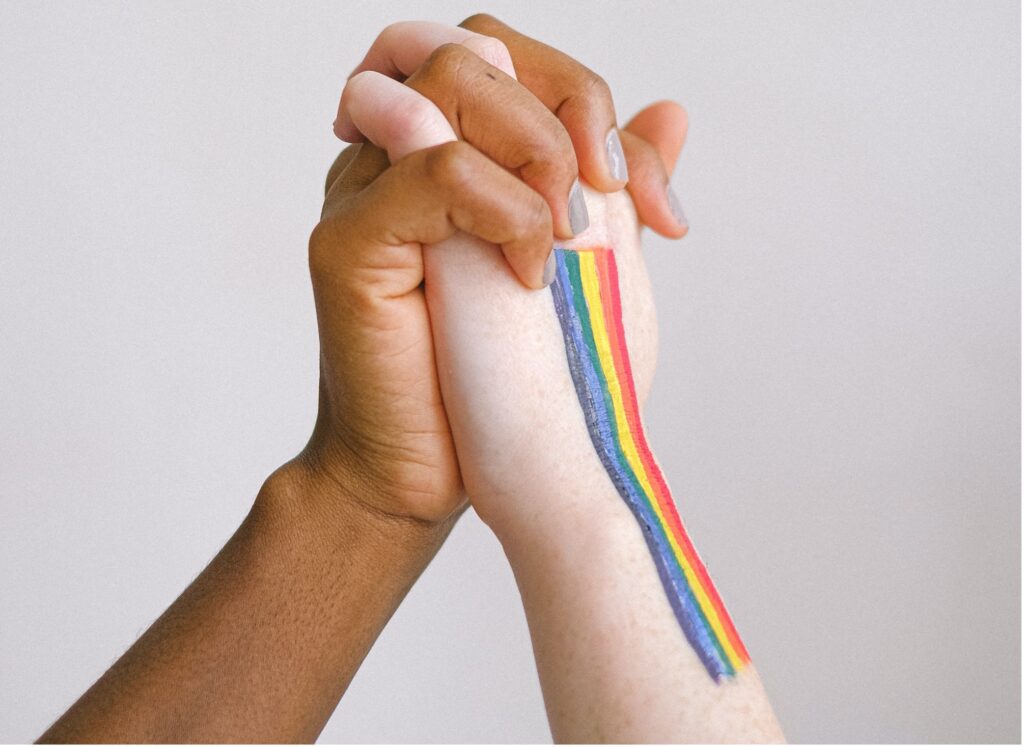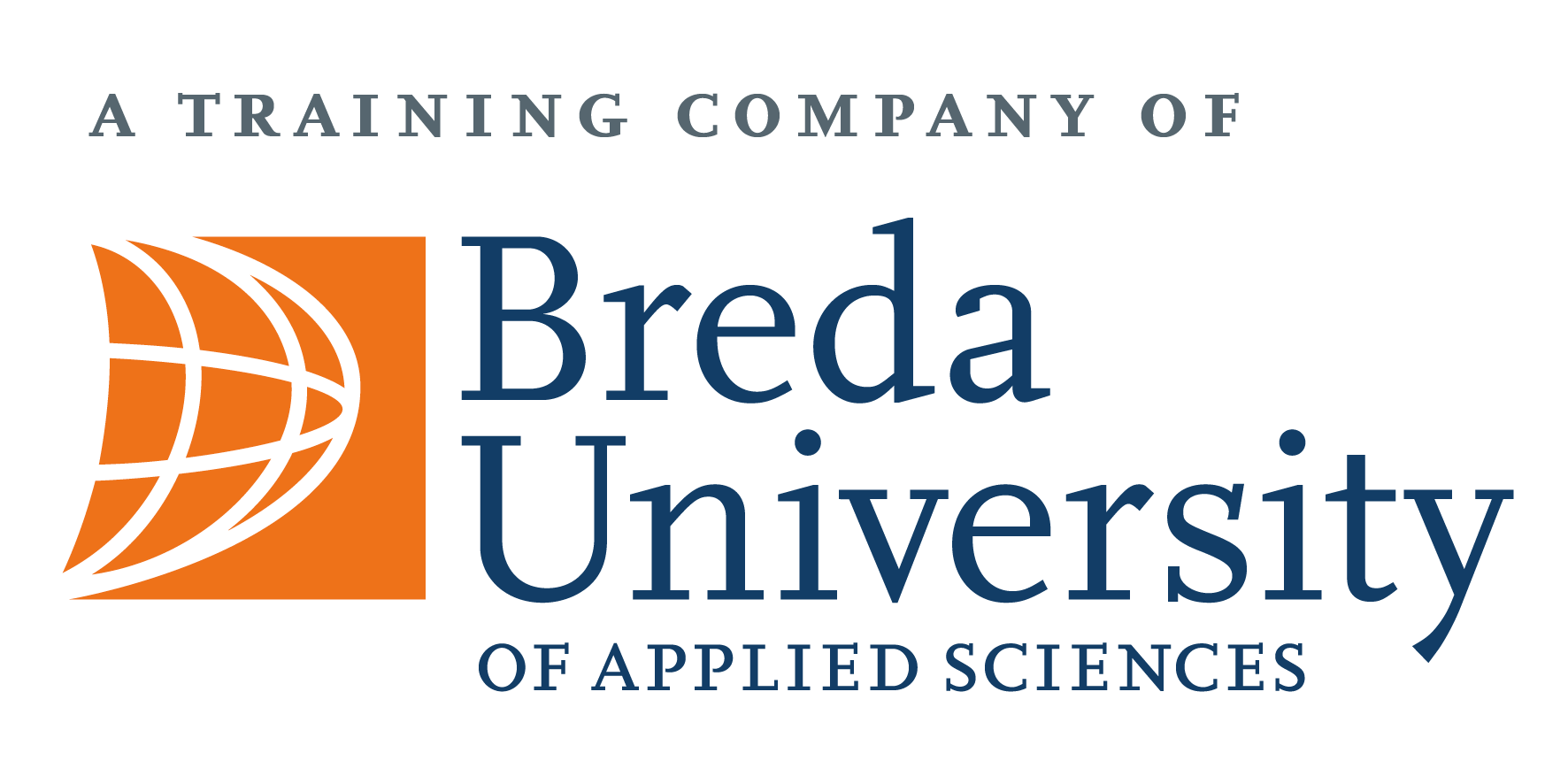I grew up having two mothers. Therefore, I am aware of the relationship between people of the same sex. But much further than that, my knowledge does not go. Why are there so many identities in the community, but I wouldn't be able to name half of them? Is that my unawareness? When I think about the series I watch, I can name several gay couples. Still, I cannot name many other characters who represent the different identities of the LGBTQ+ community. Is this because I just don't watch the series they are represented in, or is there still a lack of representation of these identities?
I asked several people from the LGBTQ+ community of different generations about their thoughts on representation in the media and what it was like when they realized they were part of the community. Can there be seen a difference between now and then, or did the fast-growing media fail to represent them more?
"At the time I came out of the closet, there wasn't much representation of homosexuality in the media," Han, 58-year-old, identifies as lesbian, says. "It was always about a family with a man, a woman, and children, and when a homosexual character appeared in a series, his life was always very problematic." In the past, when Han watched television series with gay or lesbian representation in them, the storylines were about the horrors of coming out and their complicated lives because of their sexual orientation. "When I look at today, a lot has improved as far as homosexuality is concerned. Take, for example, strong lesbians like Ellie Lust (Dutch police spokeswoman), or Claudia de Breij (Dutch comedian), or beautiful movies that focus on relationships between women and not on the difficult things. I think how gays and lesbians used to be represented in the media now applies to transgender people." Sanne, 20-years-old, identifies as queer, agrees with this observation. "I think that there is a lot of hate and mainly, non-binary people and trans people are discriminated or less acknowledged by the main public."
"The community as a whole? No."
- Eva
"Today, there are many different identities. Even within the identities, there are variations," Tera, 72-years-old, identifies as lesbian, says. The lack of knowledge about the different identities proves that the media doesn't represent all identities equally. Henk-Jan, 20-years-old, identifies as bisexual (still figuring out if he is perhaps bisexual ace), thinks "most representation is still stereotypical and mostly focused on gay/lesbian relationships and if you're lucky it's bi, but there is not much more than that." Eva, 23-year-old, identifies as queer, thinks we are getting there. "Nowadays, I do feel represented in the media, however the community as a whole? No. There are many identities, sexualities, and niches that many people don't know about, even people in the community. I think every identity should be normalized and not need special media recognition, because to me that can sometimes feel forced."
"The sexuality became a person with a face and characteristics."
- Han
Media can significantly influence people's views towards the LGBTQ+ community, especially when you don't know someone in your surroundings who is part of it. It is a way to learn about the different identities and see them more as people rather than their sexuality. "My father wanted nothing to do with gay men until a presenter he liked, and a singer he thought was good came out. That was when his opinions slowly changed towards gay men. The sexuality became a person with a face and characteristics", Han mentions. However, there are also people in the community who don't feel comfortable with too much representation because it feels forced. Their goal is to be perceived as normal, just like others, without having the spotlights on them. Therefore, how the media represents the community should be handled with care. Eva feels that especially one aspect of the media should be improved. "Educational media should (objectively) inform young people about the wide variety of identities and sexualities."
So, to answer my question if it is my unawareness that makes me unable to name all the identities from the LGBTQ+ community. In some ways, I think it is. However, the media certainly plays a part in this as well. Did the representation in the media increase over the years? It did if you compare the representation of homosexuals, lesbians, and bisexuals back then and now. It didn't if you think about the fewer known identities. When looking at these, the media still must come a long way and look out for the potential stories that risk focusing on the problematic aspect of the LGBTQ+ community lives and not on the daily lives of the people who happen to be part of the community.
Next Friday, December 17, ‘The LGBTQ+ community through the years – Part 2: Daily life, will be posted on the HUB.
Did you know that BUas has a LGBTQ+ Club? You can find more information about this here.

For now, happy purple Friday!

